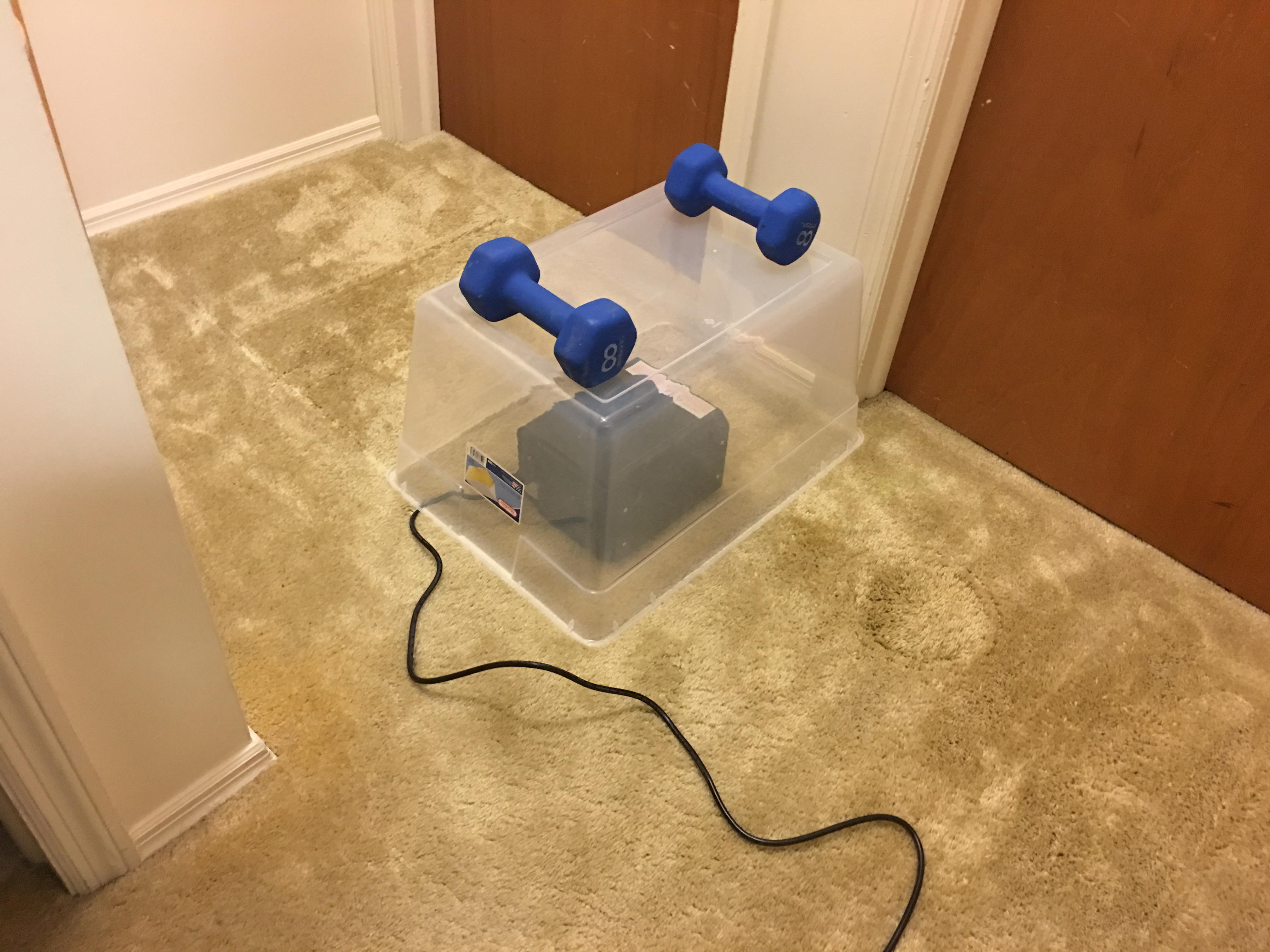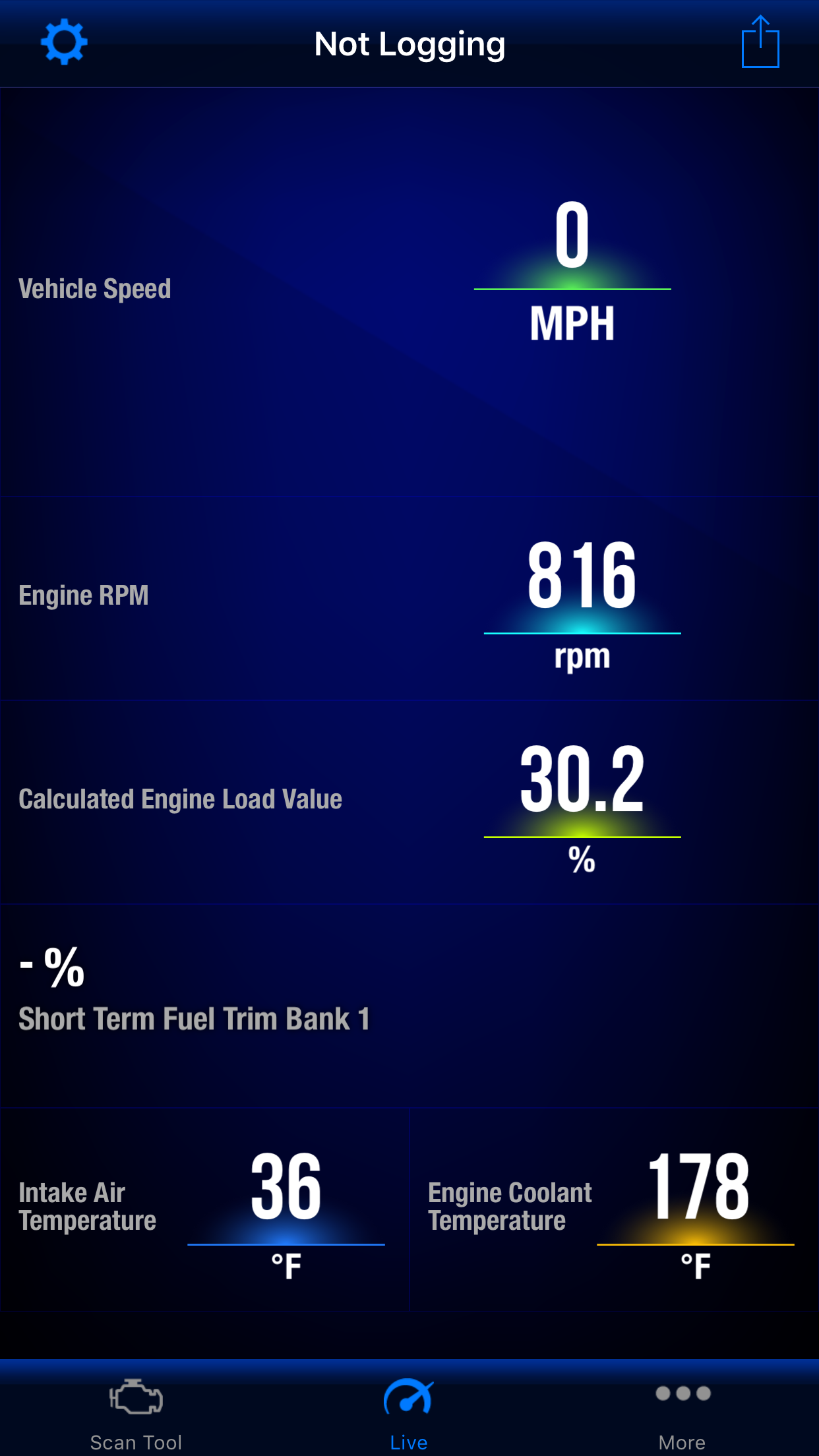I’ve been known to play games.
…but usually not seriously, unless it’s by Bethesda or Bungie. But let’s back up…
The family computer was originally some variant of the Macintosh Classic–an all-in-one machine with a black and white display. The first game I played, and one my mother was obsessed with, was Crystal Quest.
Of course everyone else had Windows machines, and so knew nothing about the games I played. They played Doom, Fallout, and Quake; I played Marathon, Myth, and Avernum. Consequently, I learned that my gaming background would simply be forever different than that of most peoples’.
But I also learned that games are diabolical abominations of coding, and that the mere effort to get them to even operate on a computer was, if not a feat of engineering, then one of extreme patience.
![]() So after years of gaming on computers and their multitude of problems, I bought an Xbox–a machine designed for the sole purpose of gaming (despite Microsoft’s ongoing attempts to make it a social platform). But some games simply cannot be played effectively on a console, and as I’m completely unwilling to use Windows unless I have to, I’ve been eying Valve’s Steam.
So after years of gaming on computers and their multitude of problems, I bought an Xbox–a machine designed for the sole purpose of gaming (despite Microsoft’s ongoing attempts to make it a social platform). But some games simply cannot be played effectively on a console, and as I’m completely unwilling to use Windows unless I have to, I’ve been eying Valve’s Steam.
For those who don’t know, Steam is an online distribution and DRM platform. I hadn’t considered computer gaming in years, due to my lack of a dedicated machine and desk (and the lingering memories of technical difficulties), but with the completion of my recent command center, and with the Ubuntu computer working admirably, it seemed like a good time to try.
I visited their website, found the Linux installer, and completed the installation. And it didn’t work. Turns out that Ubuntu has its own distro of Steam, which I was able to install rather simply from the command line. It lacks the happy GUI, but that was of minor consequence. I created an account, found a free game, and downloaded it. And it worked!
The downside of attempting to turn a Linux machine into a gaming platform was the obvious lack of game choices available. I had hoped they’d be more prevalent, but a cursory preview only yielded a handful of anime adventures (most of which turned out to be pornography). So it’s a success in that it works, but a failure in that its catalog so far contains nothing of interest.
Ah well, it’s not like I need to spend more time gaming anyway. I guess that, for now, I’ll have to game socially in my living room like a normal person.
–Simon








